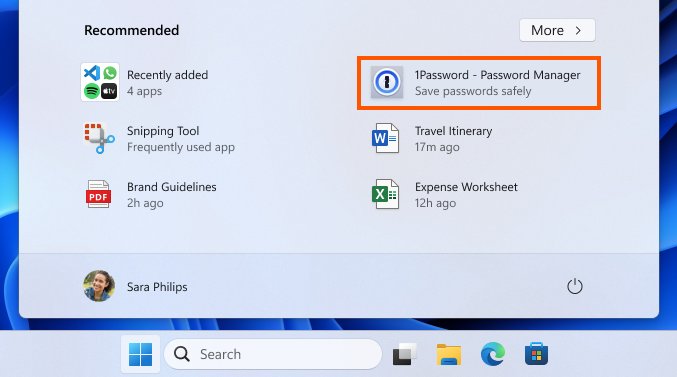I’m… at a loss for words.
Well, it’s certainly not the sort of thing you hear about every day. But FedEx has asked the FAA for the ability to install anti-missile laser systems onto their cargo planes.
While it may seem like the sort of thing that’s… well, a bit overboard for a delivery company, in this case it actually isn’t. FedEx operates worldwide. And, uh, some parts of the world aren’t terribly opposed to shooting down a cargo plane with heat-seeking missiles. In their request, FedEx specifically cites “several incidents abroad” where “civilian aircraft were fired upon by man-portable air defense systems”, which are basically impossible to detect until it’s really too late, most of the time.
Coincidentally, while this application was filed on January 4th of this year, this isn’t the first time they’ve dabbled with the idea. In 2008, FedEx partnered with Northrop Grumman to test NG’s anti-missile defense systems on 12 of its planes for a little more than a year. At the time, Northrop Grumman announced that the systems were “ready to be deployed on civilian aircraft,” though none were ordered at the time. FedEx’s current application doesn’t mention Northrop Grumman, so there’s no telling if they were outbid, or whether the application simply didn’t require such notation.
The problem, as the filing states:
FAA design standards for transport category airplanes did not envisage that a
design feature could project infrared laser energy outside the airplane. The FAA’s design
standards are inadequate to address this capability. Therefore, this system is a novel or
unusual design feature, and the FAA has developed these proposed special conditions to
establish a level of safety equivalent to that of the regulations.
Coinciding with that, FAA requirements dictate that there needs to be a safety feature for such devices that keeps them from being activated while the plane is grounded; they have to be completely disabled. It also needs to establish that inflight use will not damage the aircraft while inflight, nor cause any harm to crew, passengers, or cargo. Not to mention a large amount of markings, labels and warnings visible to all including ground crew, maintenance staff, and pilots, which warns them of the risks of the system, which includes an addendum to the flight manual explaining the use of the system.
The document will be officially published next week in the Federal Register. At which point the public will be asked to give their views and concerns about the system. Really, there’s no way of knowing who will react, or how they’ll react. But considering the fact that the supply chain is already totally screwed thanks to the last 2 years, I imagine it’ll pass muster anyway.
Source: Gizmodo




